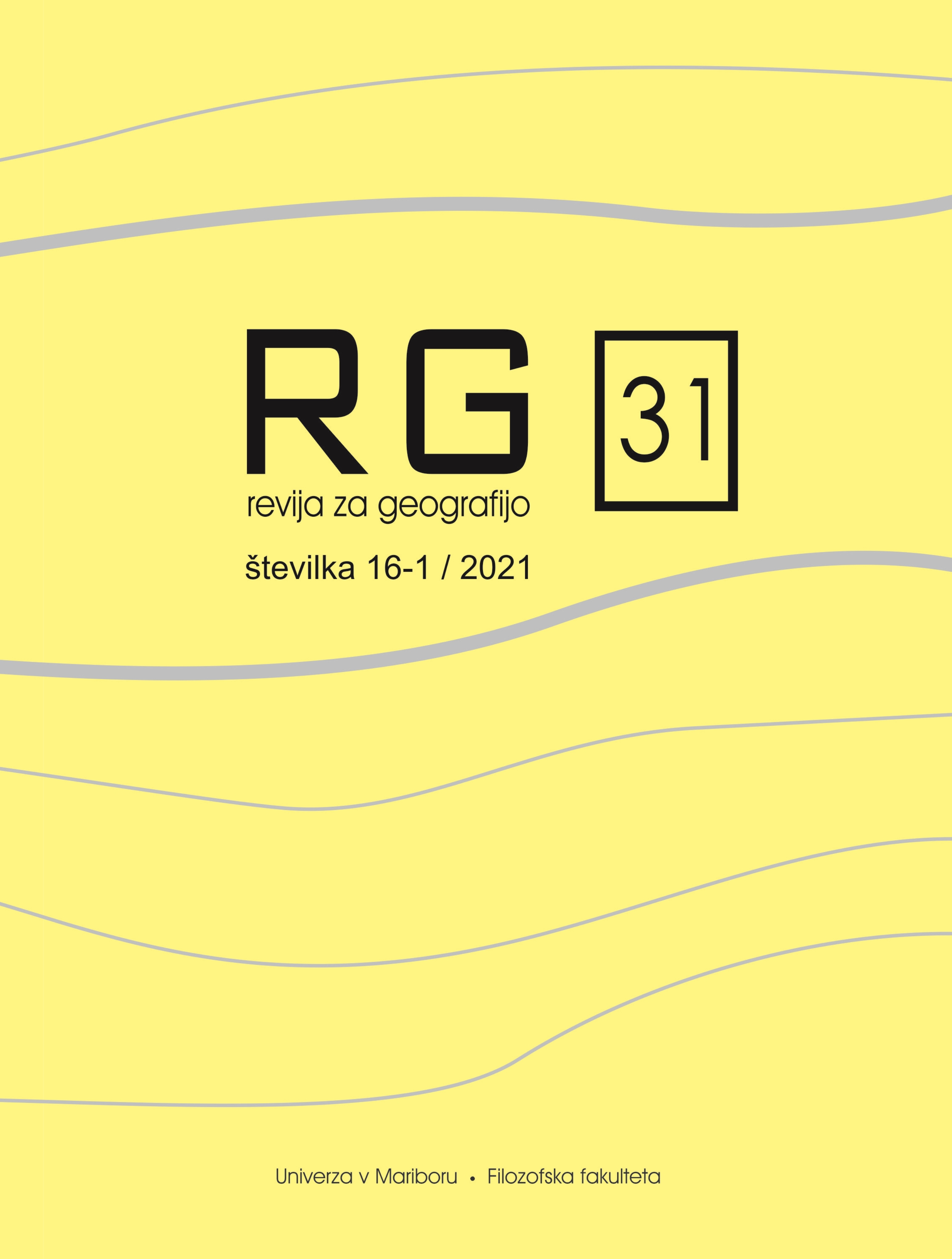Tick-born encephalitis and climate change in Slovenia
DOI:
https://doi.org/10.18690/rg.16.1.3220Keywords:
Tick-borne diseases, risk assessment, climate change, spatial modellingAbstract
Tick-born encephalitis and climate change in Slovenia
Ticks, as vectors of various infectious diseases, play an important role in endangering public health. Slovenia is one of the leading countries in terms of the registered incidence of tick-borne meningoencephalitis (TBE). TBE is transmitted by the castor bean tick species (Ixodes ricinus).Abundance and spatial distribution of this species is highly dependent on biotic and abiotic factors. As a result, the spatial footprint of TBE is also affected by climate change. With the application of regression tree and geographically weighted multiple regression models, including 246 predictor variables, we explain the existing (current climate conditions) and future (year 2070, according to RCP8.5 climate scenario)spatial pattern of TBE foci at the level of Slovenian municipalities. As a final product of the research, a current and future risk assessment for TBE infection on the grid of 1km2has been developed. Such results could be used as a supportive spatial information system for informing and preventing KME infection.
Downloads
Downloads
Published
Issue
Section
License
Copyright (c) 2021 Daša Donša, Veno Jaša Grujić, Nataša Pipenbaher, Danijel Ivajnšič

This work is licensed under a Creative Commons Attribution 4.0 International License.
